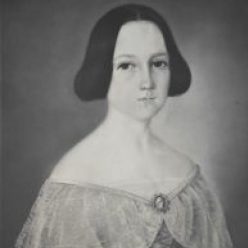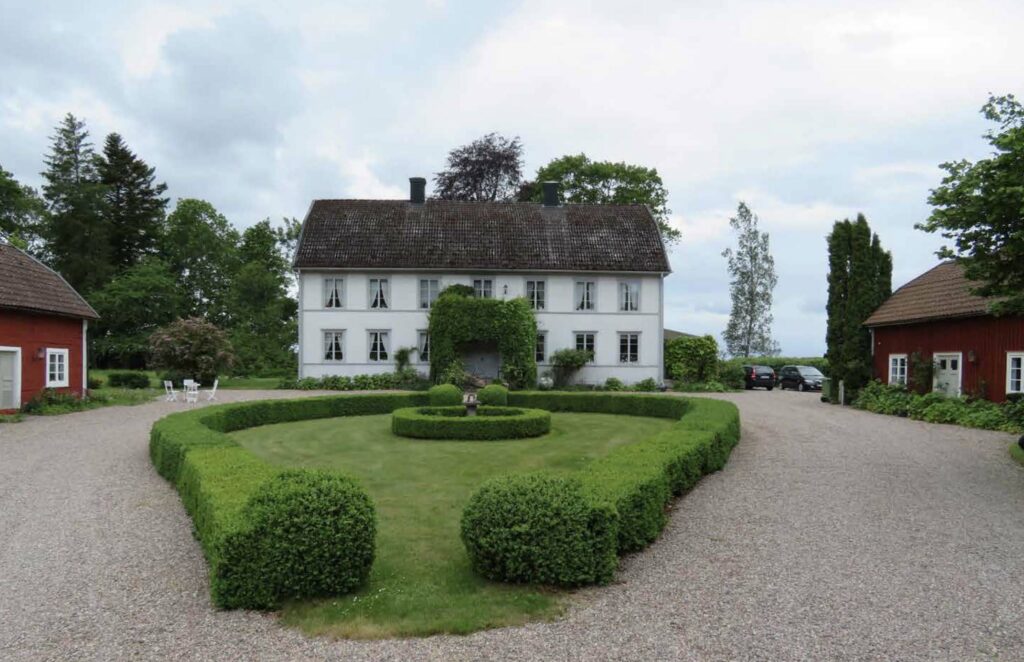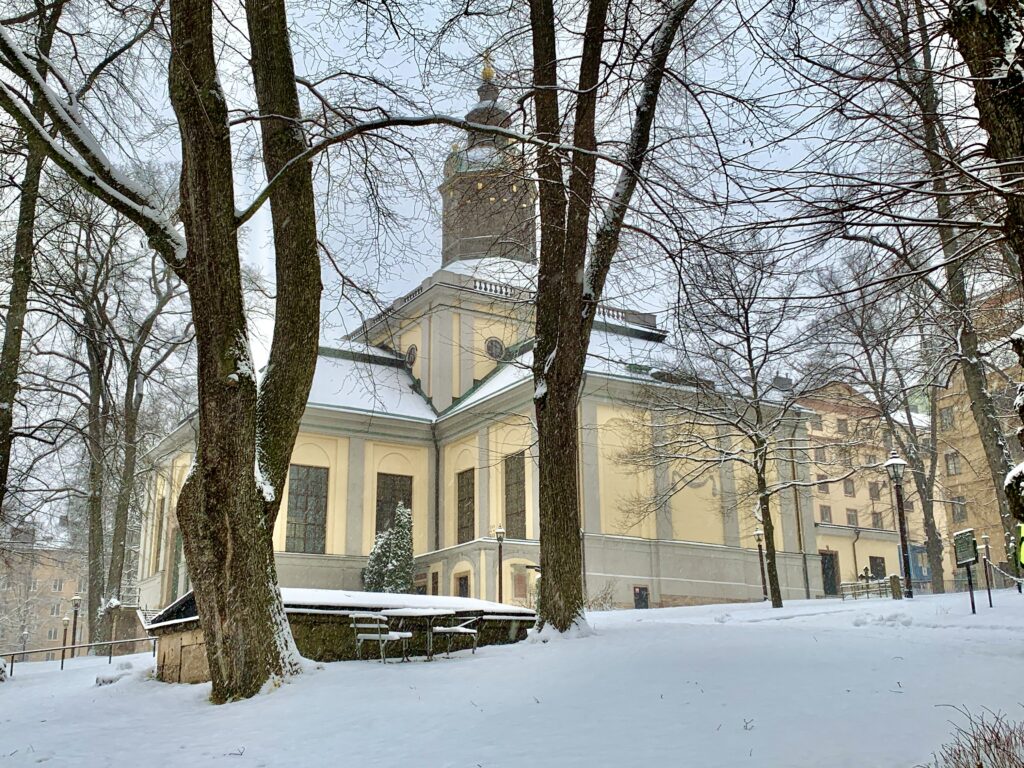
Så här i januari 2021 när världen står stilla och väntar på vad som ska hända med Coronapandemin, ägnar jag mig åt att titta tillbaka på de resor Sara och jag gjort under de fyra år vi hållit på med vårt Augustaprojekt. Vi hittar hela tiden nya vinklar på Augustas liv och senaste veckan har jag fokuserat på de kyrkor hon haft anknytning till under sitt 28-åriga liv. Eftersom kyrkan och religionen var centrala i människors liv vid denna tid, finns det en del att reflektera över.
Det var i kyrkan man till exempel hade möjlighet att studera konst. Här fanns vackra muralmålningar liksom oljemålningar. De flesta med bibliska motiv.
I vår serie kyrkor genom Augustas liv hade jag idag kommit till Augustas tid i Stockholm. För att råda bot på hennes lungsot (TBC) skickades hon till Stockholm för att få behandling av kungens egen livmedikus, Per Henrik Malmsten. Från oktober 1852 till maj 1853 bodde hon inneboende hos familjen Hjort på Hantverkargatan. Jag har tidigare skrivit om de långsamma dagarna framför fönstret när hon inte fick göra något annat än vila och inta mediciner.
Men den första gången hon steg in i kyrkan måste hon blivit lika förvånad som jag blev just idag.
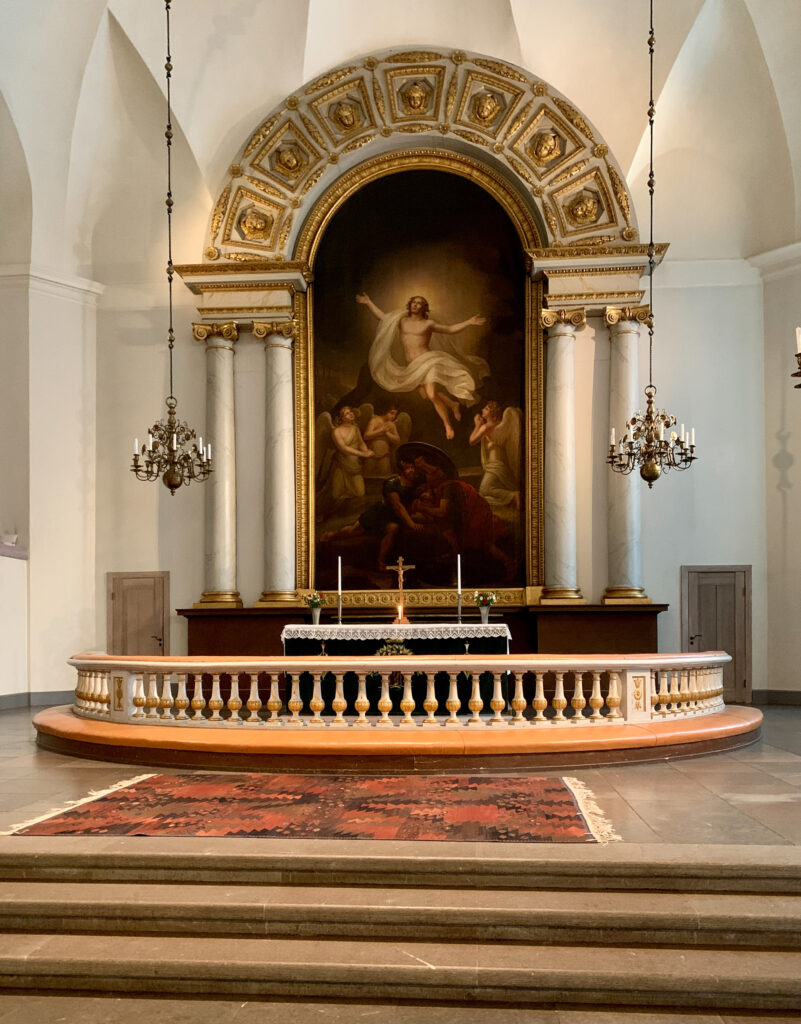
Jag skulle bara ta några foton i snöyran, till min serie om Augustas kyrkor, när jag upptäckte att kyrkan var öppen. Ute är det snöstorm och när jag kliver in i kyrkan är det som att komma in i ett ljust himmelrike med alla ljuskronorna tända och en vaktmästare som ler och nickar ”välkommen”. Jag går gången framåt mot altaret, men hinner inte ta till mig intrycket från altare och predikstol. Min blick har fastnat på en målning till höger, en målning som jag senast såg i Dresden på Gemäldegalerie Alte Meister på vår Augustaresa i oktober 2017.
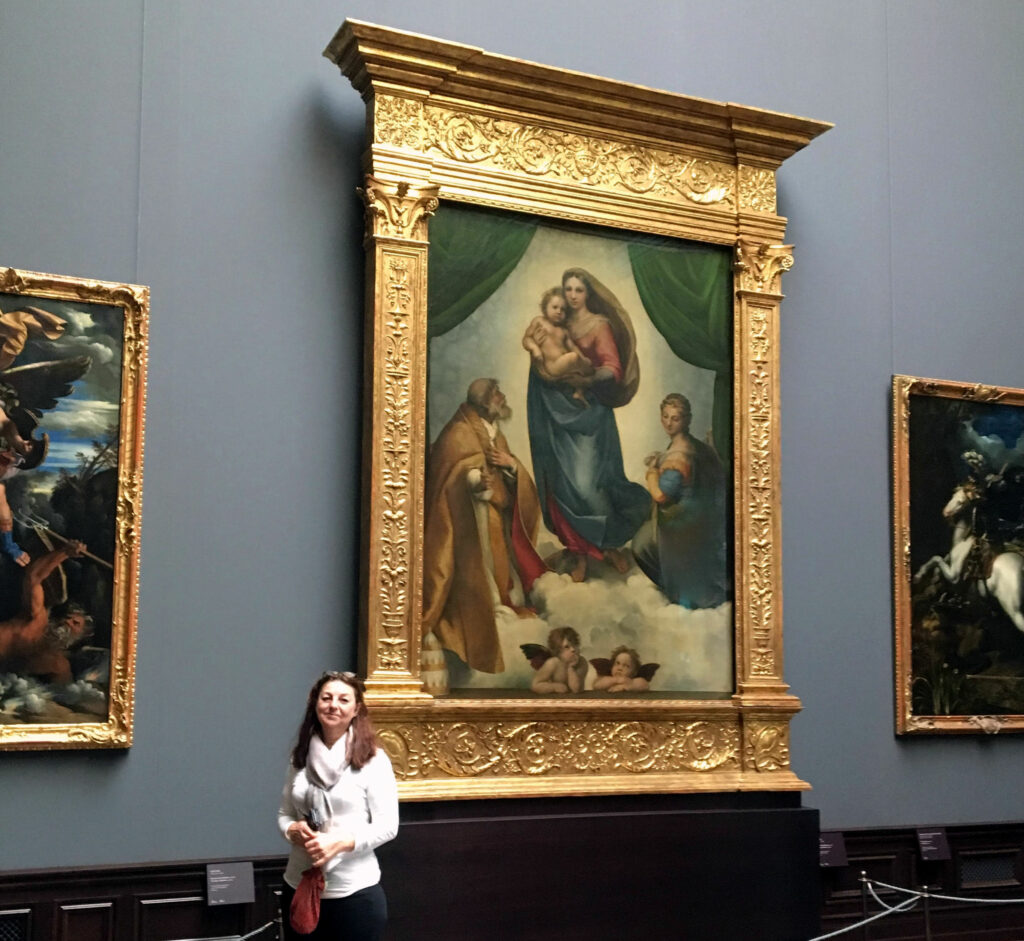
Det är Madonna di San Sisto av Rafael som hänger här i Kungsholms kyrka, eller i alla fall en kopia. Det var den målningen som Augusta beskrev i sin resedagbok i Dresden och som vi blev så imponerade av när vi upptäckte den i konstmuseets största sal. Målningen var så stor! Och så var det de där kaxiga små änglarna som är så uttrycksfulla.

För att ytterligare spä på min snurriga image berättar jag att jag håller på att skriva en bok om en ung kvinna som var sjuk i TBC och som bodde här på Hantverkargatan och att hon har skrivit om tavlan som jag såg i Dresden.
Han är väldigt vänlig och vi utbyter visitkort.
Jag undrar om Augusta blev lika vimsigt glad när hon upptäckte sin favorittavla av Rafael i Ulrika Eleonora kyrka 1852. För visst måste den funnits där då. I kyrkans lilla informationshäfte står det att de kallar målningen Rafaels rundtavla föreställande Maria med Jesusbarnet. Man tror att den är målad av någon av Rafaels elever i hans ateljé. Undrar om det är sant? Men säkert finns det många kopior målade från originalmålningen.
